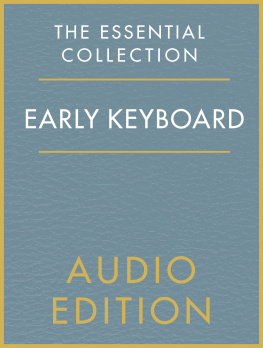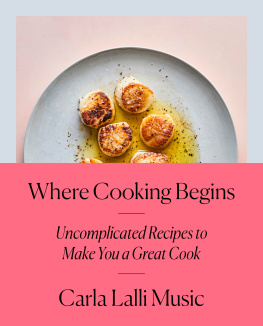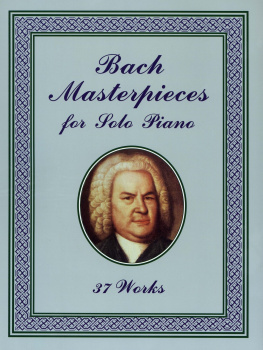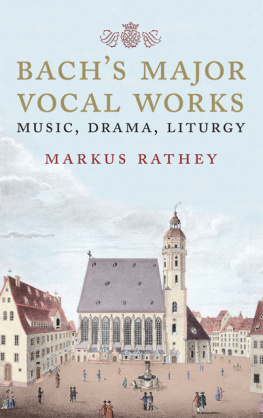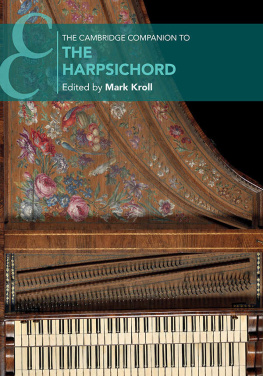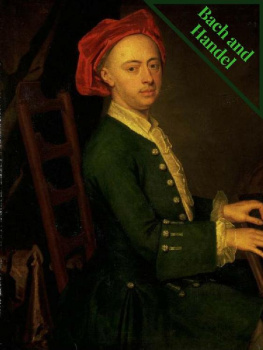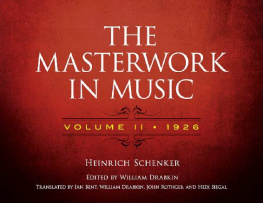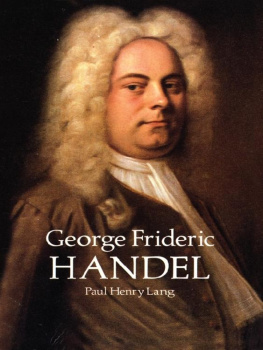Contents
Guide

Copyright 2013 Chester Music
This edition 2015 Chester Music
(A Division of Music Sales Limited, 14-15 Berners Street, London, W1T 3LJ)
EISBN: 978-1-78323-745-6
The Author hereby asserts his/her right to be identified as the author of this work in accordance with Sections 77 to 78 of the Copyright, Designs and Patents Act 1988.
All rights reserved. No part of this book may be reproduced in any form or by any electronic or mechanical means, including information storage or retrieval systems, without permission in writing from the publisher, expect by a reviewer who may quote brief passages.
A catalogue record for this book is available from the British Library.
Arranging and engraving by Camden Music.
Compiled by Quentin Thomas.
Recording Project Manager: Ruth Power.
Recorded and produced by Mutual Chord Studio, Guangzhou, China.
Previously available as book only CH75075.
For all your musical needs including instruments, sheet music and accessories, visit www.musicroom.com
For on-demand sheet music straight to your home printer, visit www.sheetmusicdirect.com
www.musicsales.com

Early Keyboard Music
The dawn of the 17th century, widely considered to mark the start of the Baroque era, brought with it secular developments in Europe which loosened the Churchs grip over music. This allowed individual styles to flourish. Composers began to think about harmony in a vertical sense rather than just as incidental to the horizontal lines of Renaissance polyphony. The emergence of a basso continuo, a bass line, underpins the Baroque style and gave a crucial role of accompaniment to the keyboard. Keyboard music played a huge role in expanding the size, range and complexity of instrumental performance. Composers and performers used more elaborate musical ornamentation, made changes in musical notation, and developed new instrumental playing techniques which ushered in the age of virtuoso.
Baroque keyboard instruments can be divided into three categoriesorgans (which are essentially wind instruments), harpsichords (including the smaller spinet and virginals, all of which have plucked strings) and clavichords (which have gently hammered strings, struck with a metal hammer). Organs were far too costly for domestic use and it was the simpler, plucked keyboard instruments that found a place in homes of the 17th and 18th centuries.
The sonority of these early keyboard instruments dictated the style of the music that was written for them. The clarity of the plucked-string tone suited the contrapuntal lines of Baroque music. Volume could not be affected by touch, which placed greater emphasis on articulation to emphasise notes. The defining characteristic of the harpsichord was its lack of sustaining power, without the resonance or sustaining pedal of the piano we know today. Coupled with its relative unresponsiveness to touch, a complex system of ornamentation developed to prolong sound and accent desired notes. Indeed, Baroque ornamentation serves a melodic and harmonic purpose that goes far beyond mere decoration. Prolonged trills sustained sound while short trills, snaps and turns gave the necessary accent to strong beats and important notes.
Solo keyboard music of the time can be grouped into the three main typescounterpoint, dance and the fantastic style. Counterpoint revolved around strictly contrapuntal, polyphonic writing. It is largely associated with fugues and was not usually heavily ornamented. Dance movements, the most common of which are the allemande, courante, sarabande and gigue, were grouped into suites which became a staple of the solo keyboard repertoire. These dance movements were usually ordered in alternating temposslow, fast, slow, fast etc. Each of the dances exists in different varieties, for example, 17th-century sarabandes were usually quite fast (like those of Purcell or Froberger), whereas 18th-century sarabandes would be slower (like those of Bach). Musicians of the day would have been acutely aware of these differences and a lack of tempo marking should not be cunstrued by todays performers as total freedom of interpretation; these stylistic differences are not to be overlooked. Finally, the fantastic style refers to the virtuoso show-pieces which allowed the player the greatest freedom to show off the skills of himself and his instrument. This is best heard in Frescobaldis and Frobergers epic toccatas, the extraordinary French unmeasured preludes by Couperin, and later works such as Bachs Chromatic Fantasia and Fugue.
In the early 17th century the main advances in keyboard technique were led by the English virginal school. The virginal idiom, as developed by William Byrd (15431623), was rich in short figurative motifs and florid decoration. Byrd enjoyed a monopoly of printing music in England and there are well over a hundred of his pieces for virginals in existence, most of which are short dance movements. Some longer sets of variations on popular songs, such as The Carmans Whistle, display his creativity in developing simple tunes and harmonies.
The greatest keyboard virtuoso and composer of the age was John Bull (c.15621628). His nearly 200 keyboard works include pieces of contrapuntal ingenuity which are technically demanding enough to have earned him the reputation as the Liszt of his age. He extended keyboard techniques by introducing the use of quick repeated notes, wide leaps, figuration based on broken chords and the crossing of hands. The Kings Hunt Ground is one of his most famous and formidable works. Its variations vividly depict the jingling harness, horses hooves and hunting horns of the occasion.
Orlando Gibbons (15831625) was a late master of the Elizabethan virginal school, whose beautiful fantasias for keyboard have a sombre beauty and musical complexity that cannot be overlooked.
Following the virginalists came Henry Purcell (16591695), arguably the greatest English composer of this time, although not primarily famed for his keyboard works. Though he worked as organist at Westminster Abbey for much of his short life, few organ pieces survive. His eight suites (or lessons) of harpsichord music were published after his death. They all start with preludes (except No. 7), and each contain an allemande in addition to other dance movements. Purcell was most famous for his developments in opera and was only matched in this sphere of influence by Jean-Baptiste Lully (16321687) in France.
Jan Pieterszoon Sweelinck (15621621) laid the foundations of the north German school of organ playing that was to find its apogee in the music of J.S.Bach. His principle forms were: the toccata, a rapid-moving touch piece of improvisatory character designed to show off the performer and the instrument; the fugue, following strict contrapuntal formula; and the chorale variation, using simple hymn tunes as the basis for increasingly elaborate variations.
Sweelincks influence soon spread as far as Italy and the great Italian keyboard composer, Girolamo Frescobaldi (15831643) who was much admired for his florid, yet austere style. His collections revolve around

